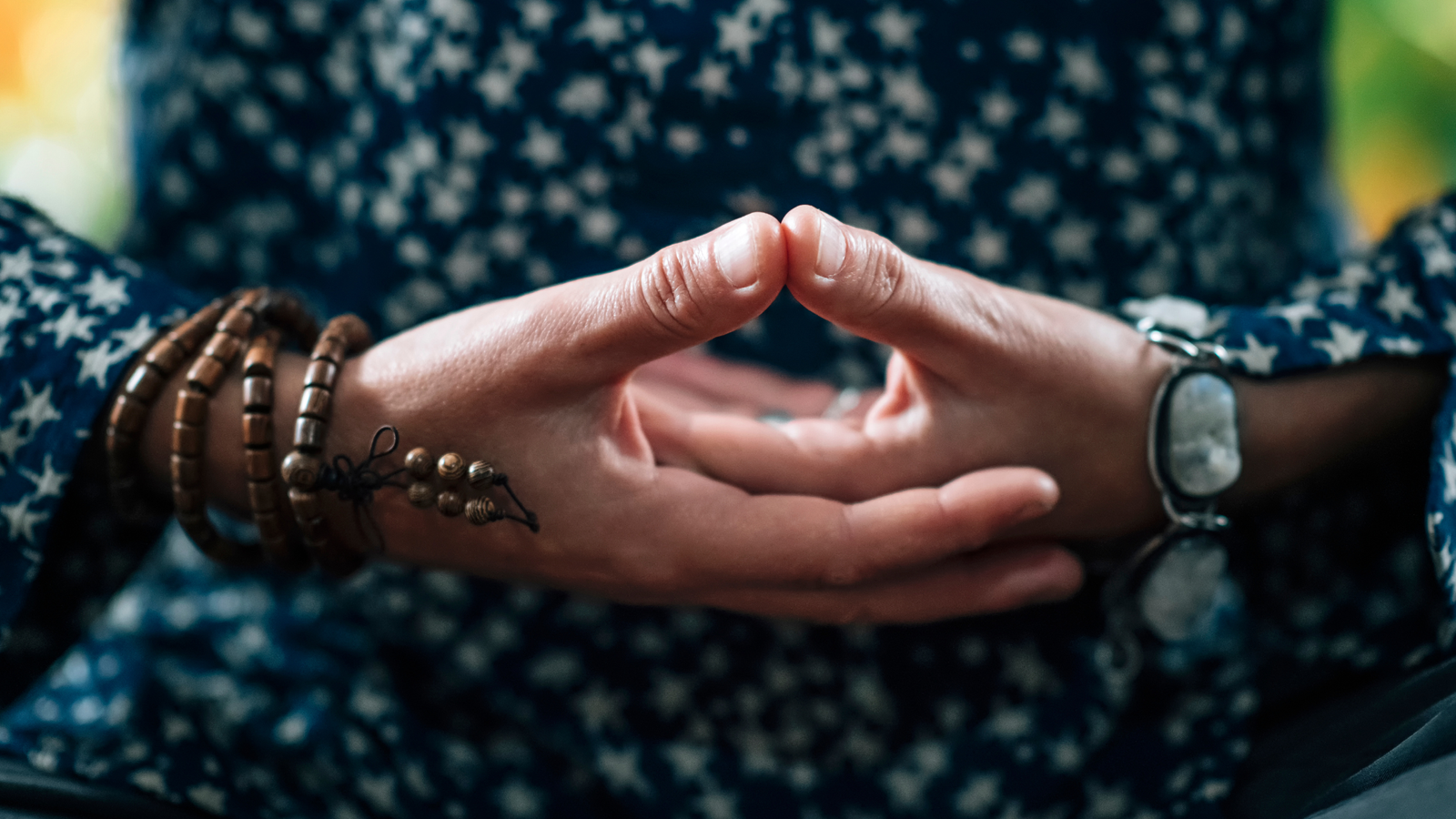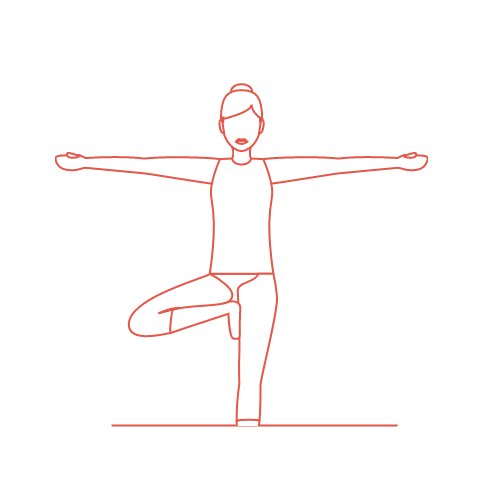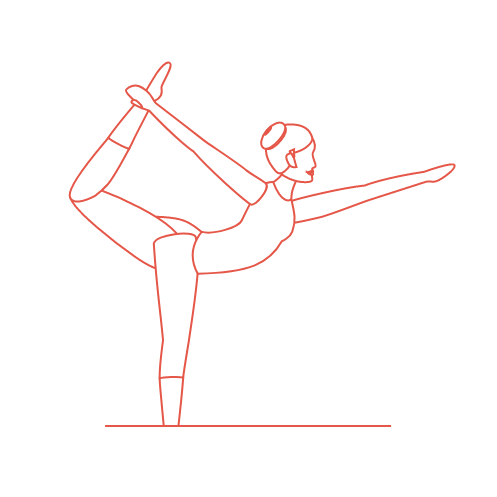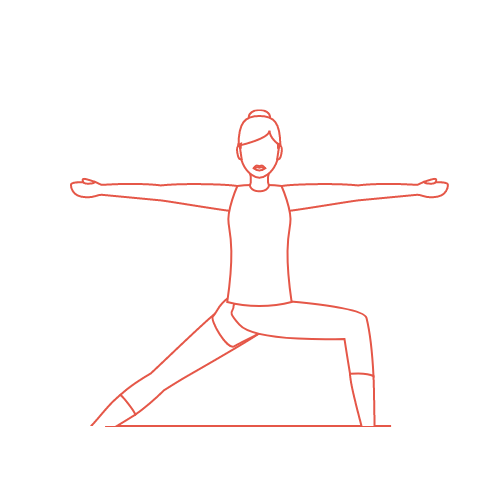The Dhyana mudra gesture is commonly observed in different religious and spiritual practices such as Buddhism, Hinduism, and yoga. The Dhyana mudra is a specific hand gesture or ‘seal’ used in yoga and meditation to guide the prana, the essential life force energy.
Benefits of Dhyana mudra:
This mudra, as its name implies, is beneficial for enhancing meditation practices. However, caution must be exercised and under the supervision of a yoga instructor. Additionally, it is important to have a specific and well-defined timeframe for this activity. By practicing meditation, you can gain the ability to regulate your thoughts (mind-body connections).
Engaging in Dhyana Mudra helps those who are agitated, annoyed, or restless to achieve a sense of peace and balance with their thoughts.
Having improved control of the mind can assist in managing anger, warding off negative thoughts, boosting confidence, enhancing memory, controlling nightmares, and more.
The practice of Dhyana Mudra on a spiritual level aids students in developing self-awareness, searching for answers, looking within, intuition, insight, and other aspects. The Dhyana Mudra, also revered as the Yoga Mudra, stands as an efficacious conduit for modulating stress within the human form. Its practice is primarily undertaken for the amelioration of anxiety and melancholy.
- Engaging in this mudra fosters heightened concentration, engendering a state of enhanced focus.
- If you have too many thoughts in your mind that you cannot relax, then practising this will result in a clearer thought process.
- It improves the quality of your sleep. You feel fresher throughout the day.
- As it calms the mind, it improves our body’s healing response.
How to perform it?
To harness the full spectrum of advantages offered by this Mudra, initiate by positioning oneself in a serene meditative stance, such as Sukhasana, Padmasana, or Swastikasana. Whichever meditative posture is comfortable for you to practice for a long time.
- Make sure to keep your neck and spine in a comfortable upright position.
- Rest both of your palms comfortably on your knee. Palms facing upward towards the sky.
- Gently close your eyes.
- Now, carefully cover your pubic area with your left hand while maintaining an upward-facing palm. Next, slowly and gently bring the right palm over the left, keeping it pointing upward so that it resembles a pot or jar. This represents your readiness to accept all that nature has to give.
- Now, while maintaining this, comfortably join the tips of your thumbs. Make sure to keep the direction of your thumbs pointed upward towards the sky such that a triangular formation should be formed
- Now, start to meditate. Distant yourself from your thoughts.
- Witness your breath without losing awareness of your breath. But once you get better with your practice, you lose the awareness of your breath.
- Keep this in mind while practicing:
- Make sure to keep your right palm over your left palm, not the other way around.
- Make sure to be gentle with yourself.
- Keep your spine comfortably straight.
Practicing this Mudra for a minimum of 30-40 minutes daily is recommended. Whether you wish to complete it in one stretch or two threes that last between 10 and 15 minutes, it’s up to you. Based on research, the best way to practice an exercise for at least 20 minutes is to get the best benefits of that particular Mudra.
Conclusion:
The Dhyana Mudra, a renowned manual articulation, is frequently associated with yogic and meditative practices. This gesture offers a plethora of benefits, including the enhancement of mental focus, diminution of stress and trepidation, and assistance in mitigating cephalalgia.








